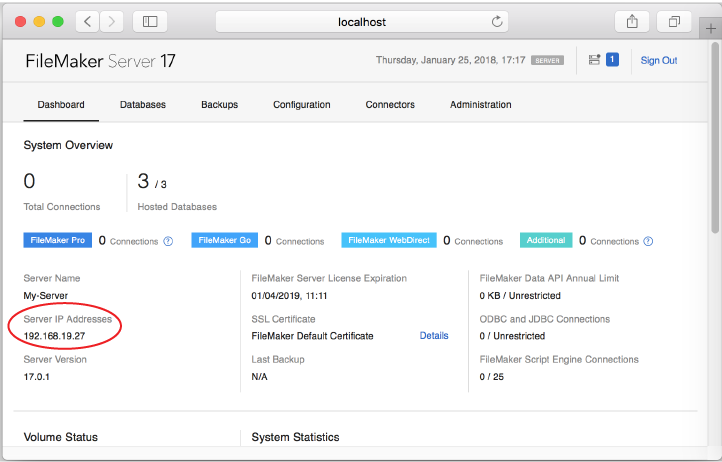


With dynamic subsummaries you can total sorted groups of records while you continue to edit data. Note also that the user has previous defined a Quick Report that groups and counts records by City.įileMaker Pro 11 expands upon dynamic subsummaries, which were introduced in FileMaker Pro 10. In this shot, the user has created some fields, added some data, then created a new field (“#”), moved it into place as the first column, and the user is now changing the type of this field from text to number. The greatly improved table view in FileMaker Pro 11 is the default view when you create a new database, allowing you to create new fields by simply clicking a + button (shown here to the right of the Zip field). Experienced developers will probably continue to do things the old-fashioned way, using the Manage Database dialog.Īnother neat enhancement to Table View: You can now quickly show or hide fields without having to edit the underlying layout, which wasn’t possible before. fairly simple lists) will surely be grateful for the running start that the new interface provides. On the other hand, careful do-it-yourselfers building flat-file databases (i.e. I will bet a plate of barbecued pork ribs that somebody is going to make a mess of a new database using this new user interface, since it really doesn’t require much thought.

You can’t create a new table or define a relationship working this way.

File InformationĮarly versions of the file format did not have an extension, as most Macintosh Classic files do not. Owned and developed by Claris, an Apple Computer subsidiary. Fmt/194, x-fmt/318, x-fmt/319, fmt/1059, fmt/1072, fmt/1237įilemaker is a relational database software application originally developed for Macintosh but later released for Windows in 1992.


 0 kommentar(er)
0 kommentar(er)
